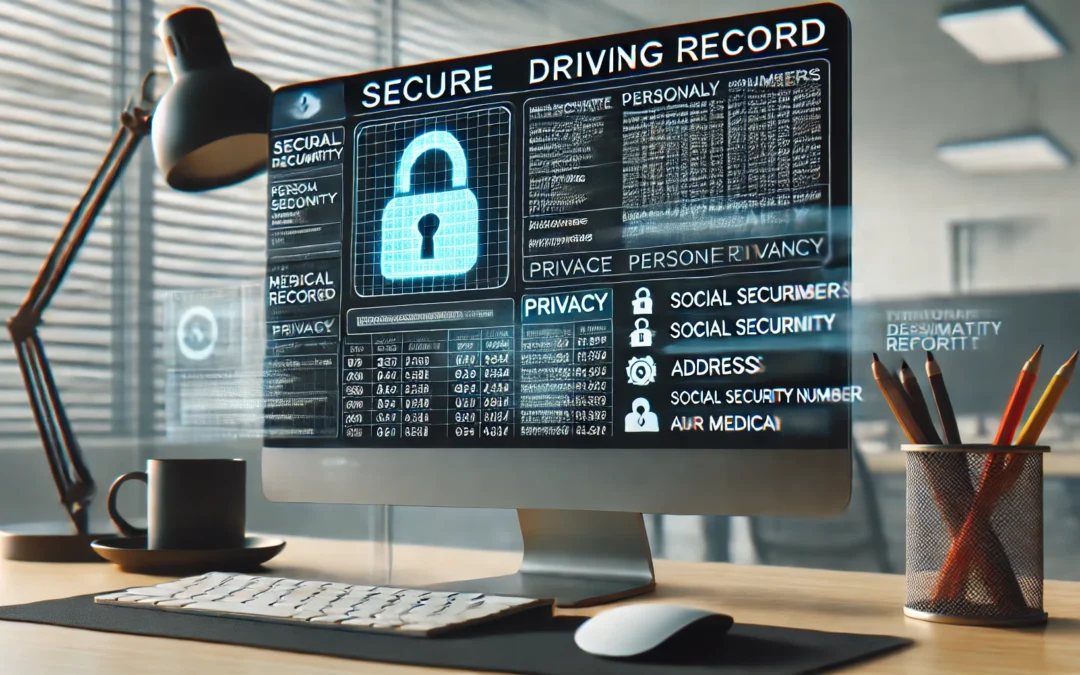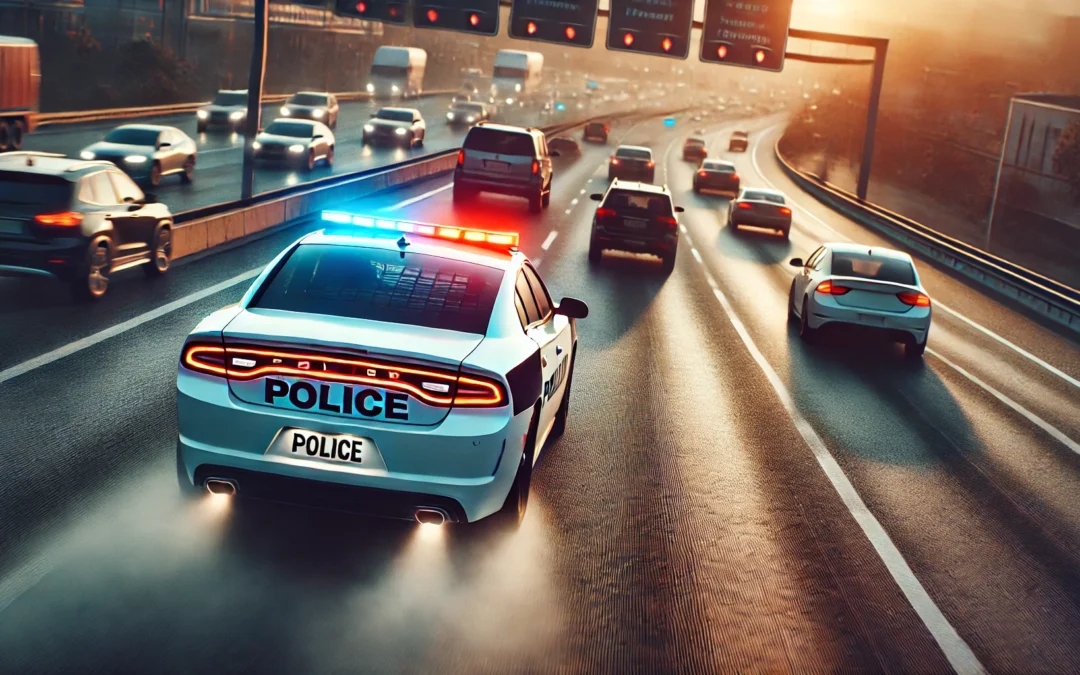
Record Confidentiality: Protecting Your Personal Information
Record Confidentiality: Protecting Your Personal Information
When it comes to maintaining the privacy of your driving record, California ensures that certain personal information is kept confidential. This protection helps safeguard your identity and sensitive details from unauthorized access while allowing necessary access to public information for law enforcement, insurance companies, and other authorized entities.
What Is Protected?
Your driver’s record contains a variety of information, but not all of it is available to the public. Under California law, the following details are confidential:
- Physical or Mental Conditions: If you have any medical conditions that might affect your ability to drive safely, these details are not publicly accessible.
- Address: Your residential address is kept private to prevent identity theft or other misuse.
- Social Security Number: Your social security number remains confidential to protect your identity.
This confidentiality ensures that sensitive personal information is not freely available, safeguarding your privacy while allowing access to essential public records, such as driving history and citations.
Who Can Access Your Driving Record?
While your confidential information is protected, certain parties may still access your public driving record. These records can be accessed for specific purposes, including:
-
Law Enforcement: Police officers and other law enforcement agencies can access your driving history during investigations or routine traffic stops.
-
Insurance Companies: Insurers can review your driving record when determining premiums or assessing claims.
-
Employers: Employers who require a driving history check for job applications, especially those in transportation, delivery, or similar roles, can access parts of your driving record.
However, these entities are restricted from viewing your confidential information, such as your address or medical history.
How to Access Your Own Record
If you need a copy of your driving record, you can request it through the California Department of Motor Vehicles (DMV). Options include:
- Online: You can request your driving record through the DMV’s online services portal.
- Kiosks: DMV kiosks located throughout California also allow you to print a copy of your driving record.
Accessing your record allows you to check for any discrepancies or ensure that your information is accurate and up-to-date.
Conclusion
California takes steps to protect the confidentiality of your personal information in your driving record, limiting access to sensitive details while allowing authorized entities to view public information. By maintaining these protections, the state ensures that your privacy is respected, while keeping important information available for lawful purposes.








Recent Comments